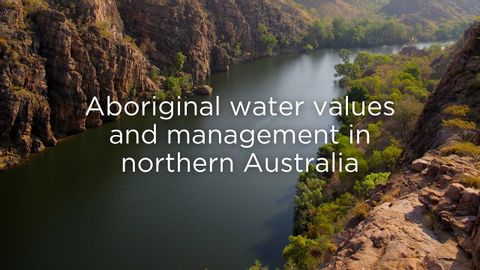
Subtitles & vocabulary
Aboriginal water values and management in northern Australia
00
阿多賓 posted on 2014/01/16Save
Video vocabulary
water
US /ˈwɔtɚ, ˈwɑtɚ/
・
UK /'wɔ:tə(r)/
- Uncountable Noun
- Clear liquid that forms the seas, rivers and rain
- Large area such as an ocean or sea
- Intransitive Verb
- (Of the eyes) to produce tears
- (Mouth) to become wet at the thought of nice food
A1
More river
US /ˈrɪvɚ/
・
UK /ˈrɪvə(r)/
- Noun (Countable/Uncountable)
- Flowing water that runs from mountains to the sea
A1
More people
US /ˈpipəl/
・
UK /'pi:pl/
- Noun (Countable/Uncountable)
- Persons sharing culture, country, background, etc.
- Men, Women, Children
- Transitive Verb
- To populate; to fill with people.
A1
More fishing
US /ˈfɪʃɪŋ/
・
UK /ˈfɪʃɪŋ/
- Verb (Transitive/Intransitive)
- To go fishing with a net or hook
- Uncountable Noun
- The act of catching fish
A2
More Use Energy
Unlock All Vocabulary
Unlock pronunciation, explanations, and filters
